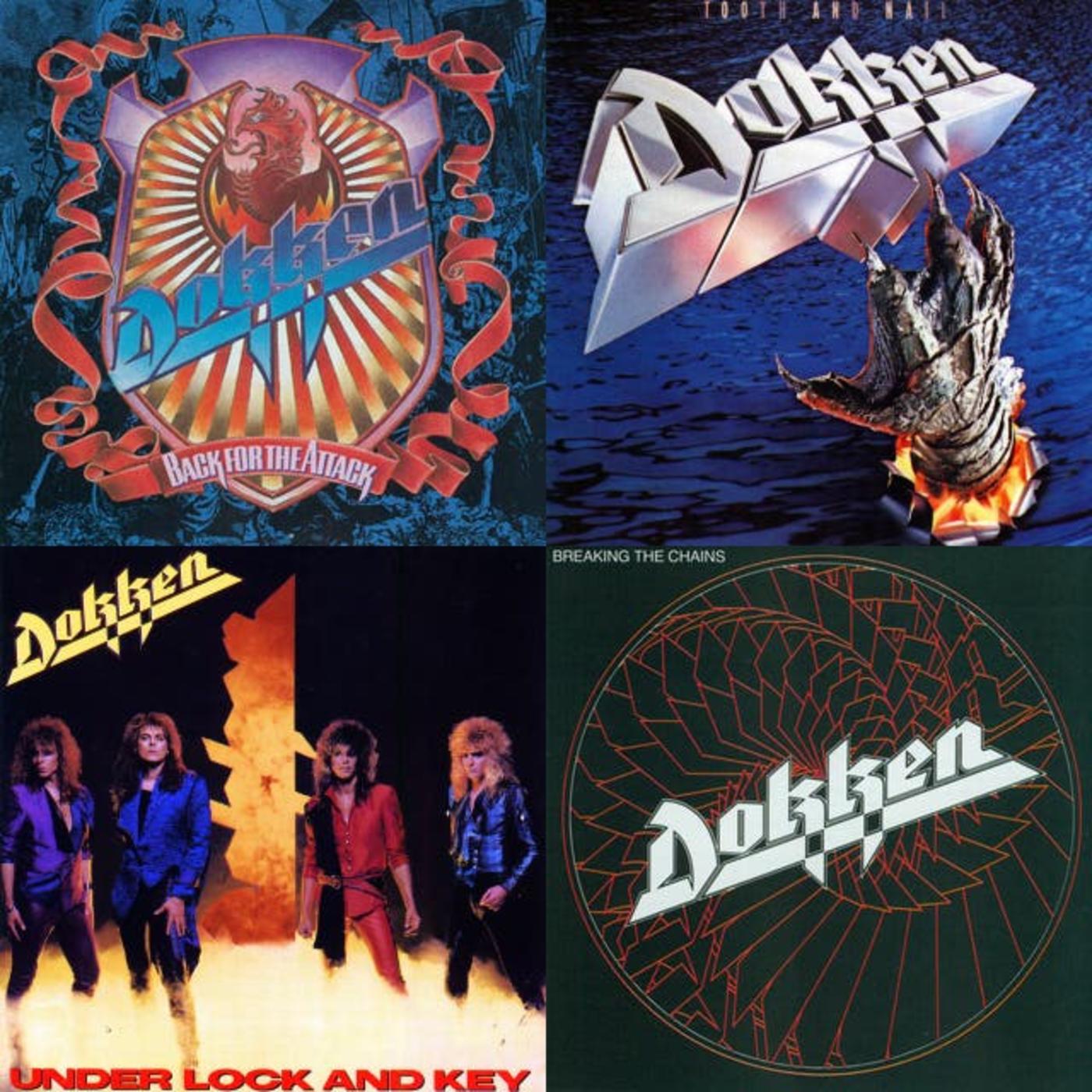Happy Anniversary: Dokken, Back for the Attack

28 years ago today, Dokken - who, for the record, are still rockin' - released an album which would go on to become the highest-charting full-length effort of their entire career.
After releasing three albums, each of which had charted higher than the one before it, Don Dokken (lead singer), George Lynch (guitarist), Jeff Pilson (bassist), and Mick Brown (drummer) were sitting somewhere hard rock and a hair-metal place: their 1985 album, Under Lock and Key, showed about as many sides of the band as could realistically be expected without taking things into 2-LP territory, but it also put them in a position where it was hard to say where their next musical step might be.
The sound of Dokken's next album was teased as early as February 1987, when the band released “Dream Warriors,” a single which served as the theme song for A Nightmare on Elm Street 3: Dream Warriors. The album's title, however, had come about even earlier, as the band had borrowed it from an unreleased song that they'd recorded during the Under Lock and Key sessions. (The song in question would eventually turn up as a bonus track when Back for the Attack was remastered and reissued in 2009.)
In his Collector's Guide to Heavy Metal, journalist Martin Popoff wrote that the two-year gap between albums came about as a result of the members of Dokken trying to put together “a more competent, mature, substantial record.” Whether they succeeded or not is a matter of opinion, but they certainly managed to release a more successful record: Back for the Attack hit #13 on the Billboard Top 200 Albums chart, providing Dokken with the highest-charting album of their career - Under Lock and Key had topped out at #32 - and provided them with three top-40 hits on the Mainstream Rock chart: “Dream Warriors,” “Burning Like a Flame,” and “Prisoner.”
Dokken followed up Back from the Attack with a live album, Beast from the East, which also featured a new studio track, “Walk Away,” but they were soon thereafter struck by the greatest of band killers: creative differences, specifically those between Don Dokken and George Lynch. As a result, it would be another eight years before Dokken released a new studio album (1995's Dysfunctional), by which point a great deal of the band's heavy metal fanbase had moved on to greener, grungier pastures.


